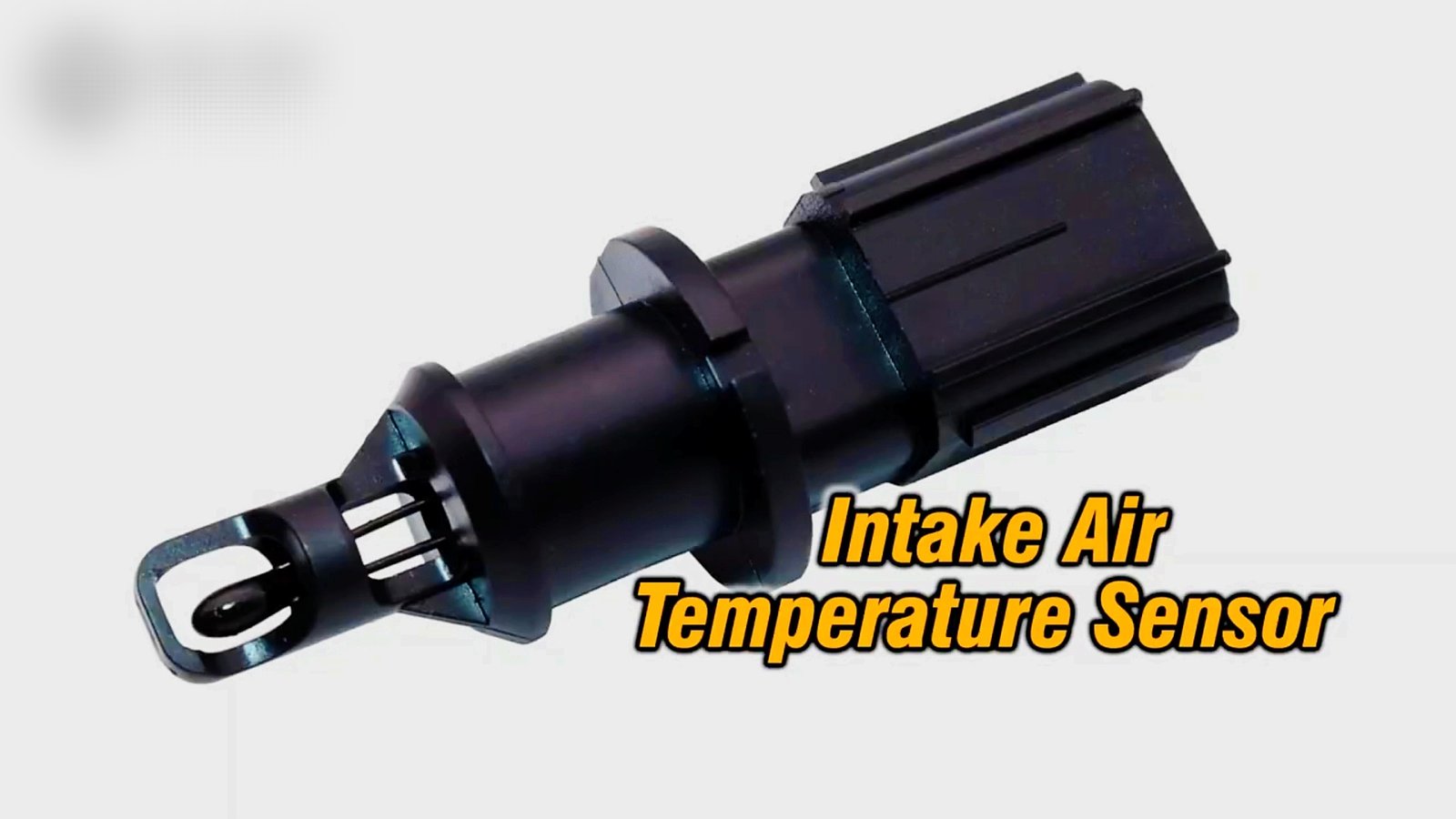“Intake Air Temperature (IAT) Sensor Circuit High Input,” or P0113, indicates that there is a problem with the IAT sensor 1 or its circuitry that has been recognized by your powertrain control module (PCM). Damaged IAT circuit wiring, a poor connection between IAT sensor 1 and its circuit, and internal issues with the sensor are the most common causes of the P0113 error code. Common signs of the P0113 code include an illuminating check engine light and a car that won’t start and smells like
Table of Contents
P0113: What Does It Mean?
P0113 Intake Air Temperature (IAT) Sensor Circuit. Suppose your OBD-II scanner reports this code. Your car’s computer has determined an issue with the IAT sensor 1.
When the IAT sensor works, it sends its readings to the PCM. As a result of this data, the computer adjusts the fuel injectors and other components that control the internal combustion chamber. An accurate reading helps the engine burn fuel efficiently.
A PCM reading above the maximum value indicates that the IAT sensor circuit has malfunctioned, either because the sensor is unplugged, the terminals are damaged, or one of the sensor wires has been cut. Because -40 is not the correct reading, the computer displays the Check Engine Light and logs error code P0113.
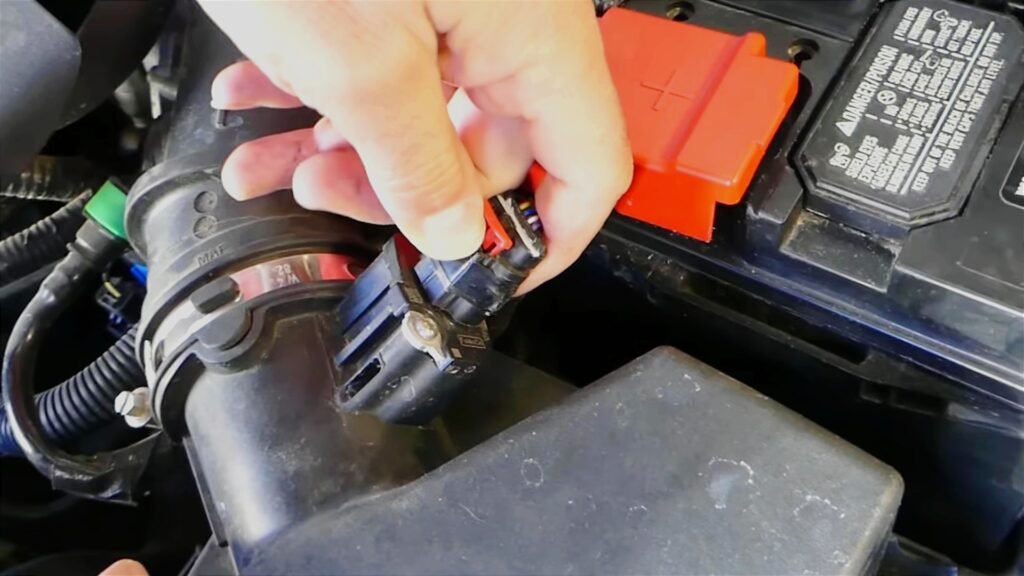
Honda vehicle P0113
The following conditions cause the code to appear in a 1998 Honda Civic EX 1.6L:
- The signal circuit of the IAT sensor is open or shorted to voltage
- IAT sensor connector damaged (check pins for damage and moisture)
- Available return circuit for IAT sensor
- Failure of the IAT sensor
How Can the Intake Air Temperature (IAT) Sensor Cause P0113?
The Intake Air Temperature (IAT) sensor isn’t available on all engines, so the P0113 code may not be listed on some vehicle code lists; some platforms use the Mass Airflow (MAF) sensor. No matter how the air temperature is measured, the ECM/PCM needs to know the incoming air temperature because cold air has more oxygen molecules per cubic centimeter than hot air. That difference must be taken into account for proper air-fuel mixtures.
This sensor is a two-wire sensor with a negative temperature coefficient resistor that detects air entering the engine. It can be found on the air cleaner, in the air inlet tube, or the intake manifold.
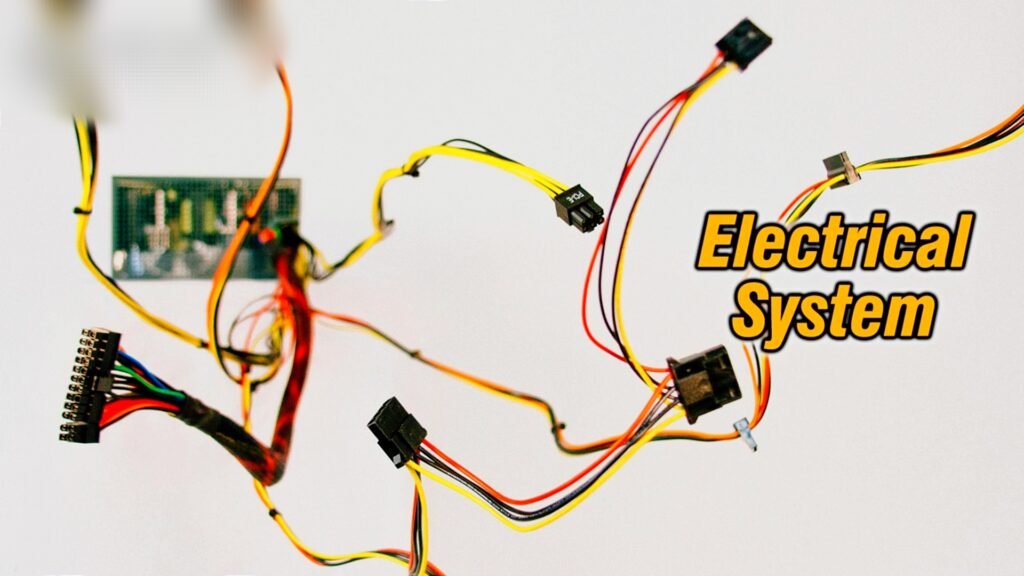
Both wires receive 4.6 volts from the ECM/PCM, and one serves as a reference ground. The reason it’s slightly less than the 5 volts delivered to three-wire sensors is because each two-wire sensor feed has a resistor inside the ECM/PCM. Since the sensing resistor has a negative temperature coefficient, the sensor’s resistance decreases with increasing temperature. The voltage measured at the ECM/PCM decreases as the resistance decreases. A lower voltage results in hotter air.
If the sensor is disconnected or a wire is chewed or cut, the voltage registered by the ECM/PCM tops at 4.6 volts, the same as -40 degrees. You’ll see this on the primary OBD2 generic scan tool live data stream. The OEM Enhanced data stream may display a completely different temperature depending on the manufacturer. I’ll explain that in a moment.
How Can I Avoid Ignoring P0113?
An open IAT sensor will only illuminate the Check Engine (MIL) light and store a code because most ECM/PCM algorithms will substitute a value that usually works. Suppose you unplug the IAT sensor on a 2000s Dodge Truck while looking at the OEM live data. In that case, the ECM/PCM will not display -40 degrees, but instead, 101 degrees Fahrenheit, a reading that typically allows the vehicle to be driven.
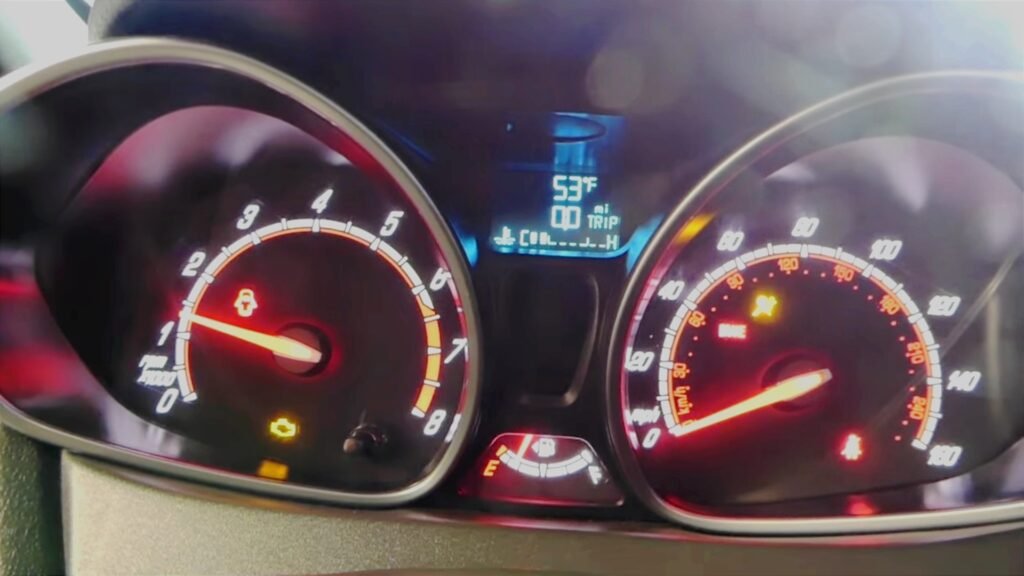
Some older vehicles (pre-OBD2 and depending on the manufacturer) would run horribly if the IAT failed, emitting black smoke and resulting in no power. ECM/PCM software engineers developed the fail-safe strategy based on this experience.
If you ignore the MIL light with a P0113 code and drive, and then there’s a sudden cold snap, the Engine Coolant Temperature (ECT) sensor will read 40 degrees F while the IAT will still read 101 degrees F. Under these conditions, the ECM/PCM will over-fuel the engine during cold starts, which can foul the spark plugs.
If you ignore the MIL light with a P0113 code and keep driving, and there’s a sudden cold snap (like a crisp 40-degree morning), your ECT sensor will read 40 degrees F, and your IAT will still read 101 degrees F. The disparity in air and coolant temperatures will cause the ECM/PCM to significantly overfuel the engine at a cold start, resulting in an unexpected no-start.
Thus, P0113 ranks between moderately severe and barely an issue on the OBD-II code spectrum. Again, it depends on how the ECM/PCM algorithms are configured.
Why does the P0113 code occur?
There are several possible causes of the P0113 error code. The following are typical culprits:
- The intake air temperature sensor 1 experienced an internal malfunction
- A bad connection between the IAT sensor 1 and its circuit may be caused by dirt, rust, or loose connections
- IAT circuit wiring damage
- A problem with the mass air flow sensor (if the IAT is integrated)
- Problems with PCMs (such as updating software, but this is rare.)
How does the P0113 code cause problems?
Symptoms of the code P0113 include:
- Symptomless except for a Check Engine Light
- On a cold morning, it won’t start with a gas smell.
When code P0113 is set, the engine may display other symptoms, such as difficulty starting cold. P0113 symptoms can vary by manufacturer, so those in a Ford vehicle may present differently than those in a Nissan vehicle.
Here’s how you can test your IAT sensor
First, you must gain access to the sensor.
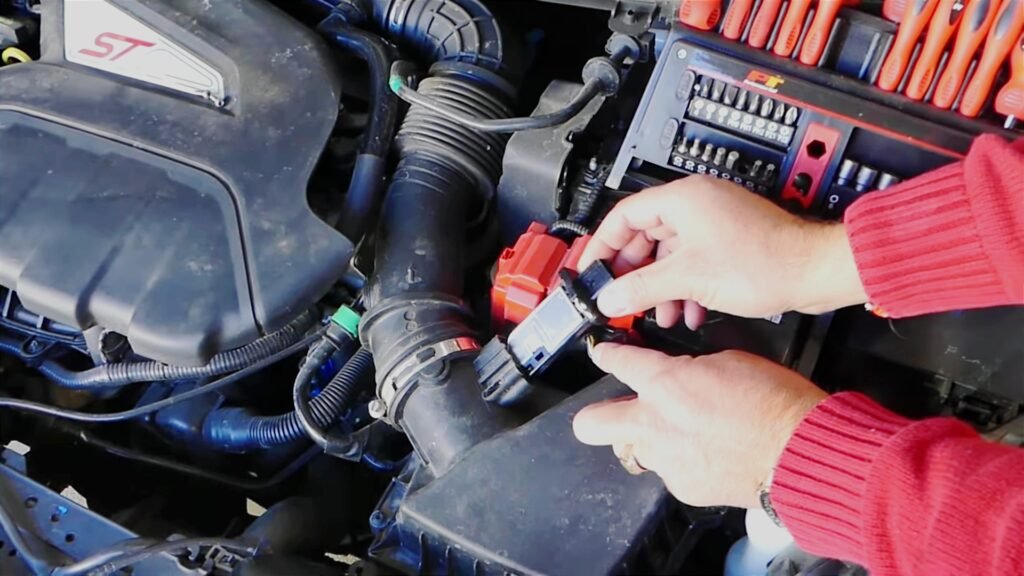
When the sensor is disconnected and the key is on (engine off), measure the voltage at the sensor – be careful not to damage the terminals. The voltage should be 4.6 volts when the sensor is disconnected. Measure sensor resistance with a digital volt-ohmmeter (key on or off, it doesn’t matter). A wide-open sensor (no continuity in any range) could be better.
If you don’t get 4.6 volts, there could be a wiring problem – check the vehicle visually and hire a mechanic if nothing is visible.
Diagnosing the P0113 error code
OBD-II trouble codes can be challenging to diagnose due to some factors and several possible causes. The engine code P0113 alone has several possible causes, as mentioned above.
The video below can assist you in troubleshooting this particular error:
Fixing the P0113 error code
Given the wide variation in vehicle makes, models, and other factors, the following information should not be interpreted as complete or the only definitive answer. The following content is intended to explain better what a do-it-yourself approach entails. You should find more technical resources or take your vehicle to a professional technician.
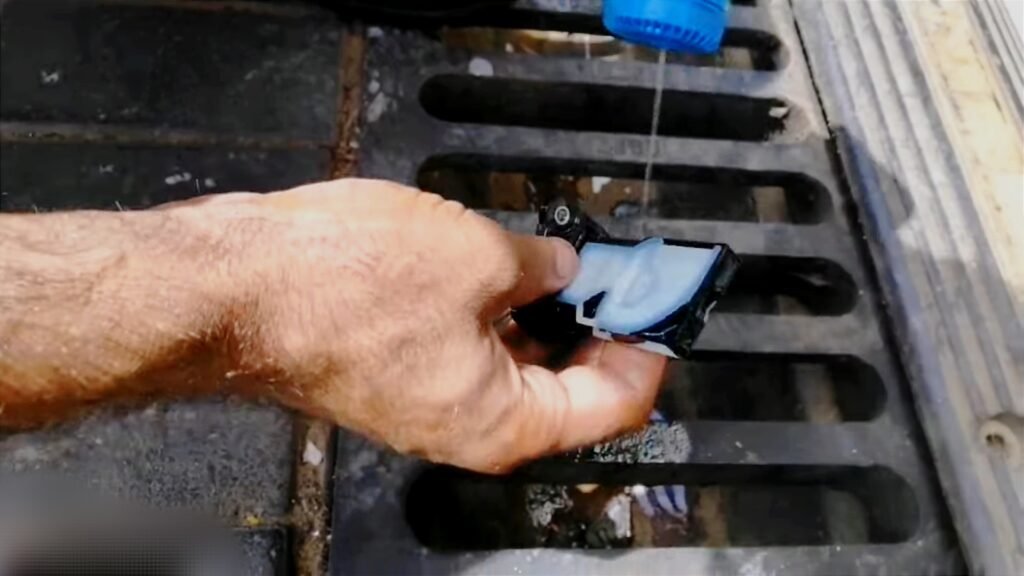
It can be tricky to fix the P0113 code because you have to determine what is triggering it. To determine if your intake air temperature sensor 1 caused the error code to be logged, you must check its condition. You must also inspect the sensor’s wiring and circuits in that case.
Other Error Codes to Check
The first thing you should do before diagnosing and repairing your vehicle is to check for additional trouble codes. If you can retrieve other DTCs, resolve them as well. The error codes are usually related to one another.
Mechanics often disconnect the IAT sensor and either watch the scan tool data stream (best method) or recheck the code. A single copper wire (a small strand that won’t damage the connector terminals) will jump the two wires together, and then the datastream or PCM will be checked for the opposite code. This way, you can tell if the problem is with the sensor or the wiring between the sensor and the PCM.
Pro Tip:
Rarely is the PCM itself the problem. Inspect the connector pins on the sensor and the female connector pins closely.
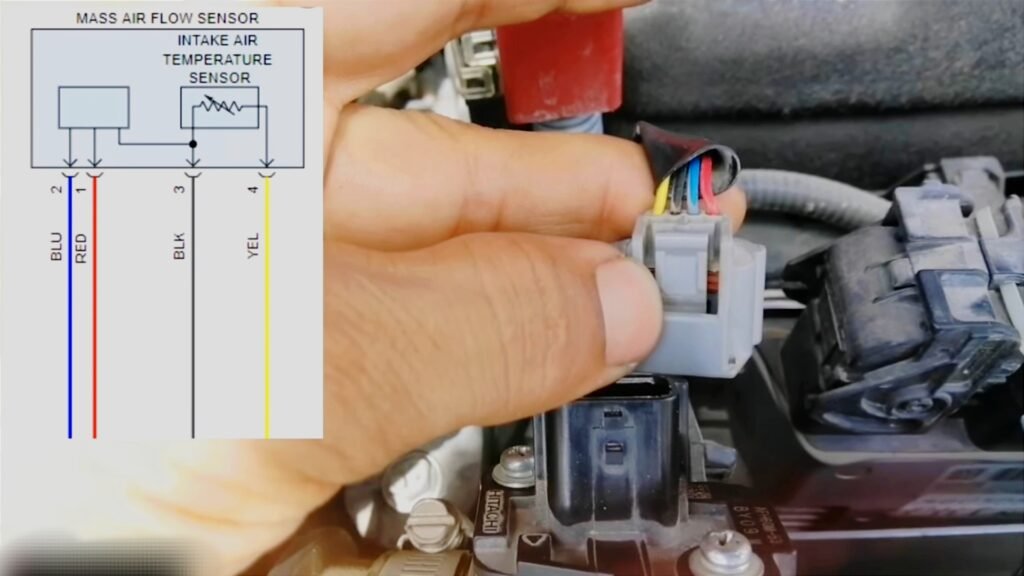
Check Your IAT Sensor Wires and Connectors
If your IAT sensor is faulty, you can check its resistance. Multimeters can be used for this.
- Verify the location of your IAT sensor in the owner’s manual.
- The IAT sensor electrical connector should be unplugged.
- Your multimeter should read at least 50k ohms. It can also be set to auto range.
- Before measuring the sensor’s resistance across its terminals, ensure the engine is off.
At 20 C, you should have a reading of around 37k ohms. At about 30 C, a reading of 24k ohms is regular.
- The electric connector needs to be plugged in again.
- Allow your vehicle to idle for 20 minutes to allow the cooling fan to come on.
- Stop the engine and turn it off.
- Reconnect the electrical connector.
- Using a multimeter, measure the sensor resistance again.
You should get around 2.8k ohms at 194 F. When the temperature is about 212 F, you should get about 2k ohms.
Check your ride’s repair manual for the manufacturer’s recommended temperature and resistance values.
The IAT Sensor on Your Vehicle Needs to be Replaced
If your IAT sensor is faulty, you’ll need to replace it. Your vehicle’s specific IAT sensor replacement steps may vary.
A typical process includes the following steps:
- The IAT sensor should be located. The inlet to the air filter housing is usually where it is located.
- You must unplug all the electrical connectors and release the locks on the IAT sensor housing before removing them.
- The tip of your new IAT sensor should be lubricated before installation.
Following vehicle-specific repair steps should be relatively easy if you’re a seasoned DIYer. Nevertheless, if you don’t have the necessary tools, we recommend riding to the nearest auto repair shop. Mechanics know how to diagnose and fix the problem.
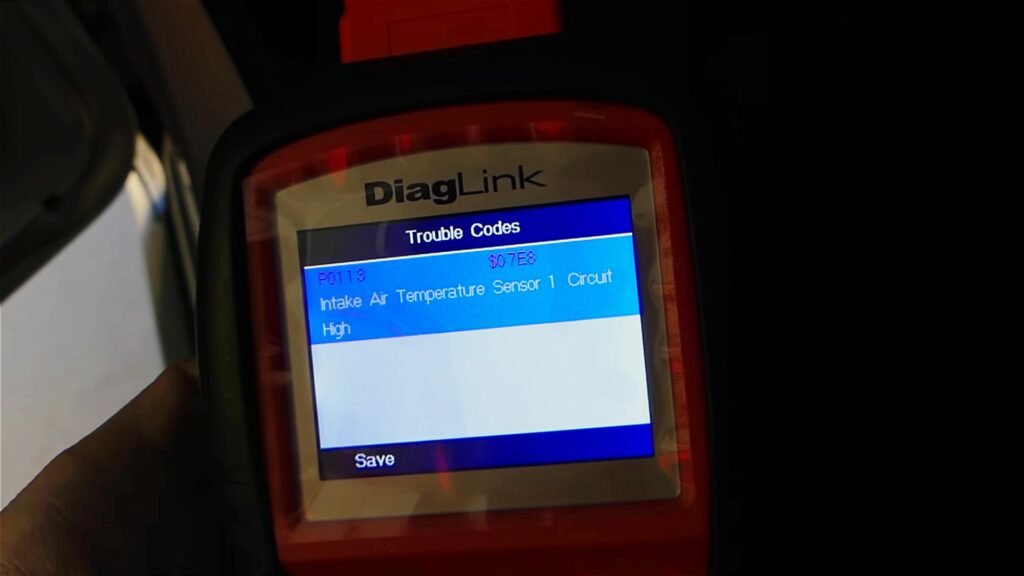
Notes about Code P0113:
There are other diagnostic trouble codes associated with IAT sensors. An intermittent IAT sensor signal, for instance, falls under P0114. An input sensor that produces a low voltage merits the trouble code P0112.
This P0098 is the mirror image of P0113, as it relates to sensor 2, the second IAT sensor in the engine, which reports low temperature, high electrical resistance, and a high signal voltage.
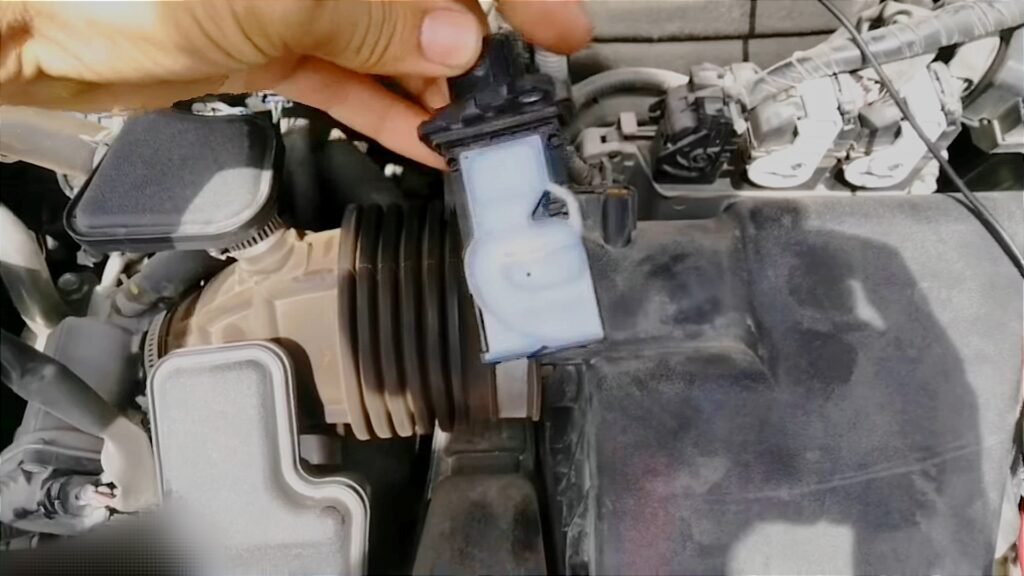
How to get a new intake air temperature sensor
A daily driver is built for the road. If a bad intake air temperature sensor isn’t replaced, it could remain cooped up in the garage, gathering dust.
We can deliver an OE-grade intake air temperature sensor straight to your doorstep in as little as two business days here at CarParts.com.
You can trust our intake air temperature sensors to provide accurate and detailed fitment information for your vehicle. There are only a few aftermarket brands that offer high-quality intake air temperatures.
The experience of shopping for auto parts online has always been more challenging than with CarParts.com. Please enter your car’s year, make, and model into our vehicle selector to see all the compatible parts. We also offer a toll-free hotline with help from our customer service department.
Ensure you take advantage of the best deals on intake air temperature sensors!
FAQ’S
how to fix code p0113?
Possible Solutions For Fixing the P0113 Code
- – Rewiring the IAT sensor.
- – Changing your air filter.
- – Replacing the IAT sensor if needed.
- – Replacing your PCM if needed.
What does the P0113 error code mean?
What is code P0113? The code definition is “high intake air temperature input.” If you see this code on your OBD-II scanner, the car’s computer has detected a problem with his IAT sensor 1 or its circuitry.
What are the symptoms when the intake temperature sensor fails?
The intake air temperature sensor is a sensor that monitors the temperature of the air that the engine takes in, and this information is taken into the ECU (engine control unit). If there is a problem with the intake air temperature sensor, symptoms such as the engine warning light coming on, engine malfunction and poor fuel efficiency will occur.
What does Harley’s error code P0113 mean?
The check engine light came on, and when I checked the error code, it turned out to be P0102: Air flow sensor system circuit (LOW), P0113: Intake temperature sensor system circuit (HIGH), so I replaced the airflow sensor.
What causes temperature sensors to fail?
Cause: As the thermistor built into the outside air temperature sensor deteriorates, the resistance value may stay the same due to temperature or become more extensive (or more diminutive) than the original. As a result, the outside temperature cannot be measured accurately, which can cause problems. This will cause the outside temperature gauge not to display accurate readings.
What is the error code ECM?
Abbreviation for Error Correction Mode. A type of G3 communication that checks whether data has been sent correctly to the other party and resends the data if it has not been sent correctly. If “ECM” is displayed in the recipient’s field for receiving messages such as [Communication Management Report], the recipient’s device is transmitting using this method.
How long does a temperature sensor last?
○ Thermocouple life The life of a thermocouple varies greatly depending on the temperature and atmosphere in which it is used. When used in an oxidizing atmosphere at temperatures below regular use, platinum thermocouples (R, B, S) last about 2,000 hours, and other thermocouples (K, E, J, T) last about 10,000 hours.
What happens if the exhaust temperature sensor breaks?
A warning light will come on if there is a problem with the exhaust temperature sensor. The exhaust temperature sensor is installed near the exhaust manifold (the exhaust pipe attached right after the engine) or the catalyst. If the high-temperature exhaust gas rises above the expected temperature, it can lead to significant problems such as vehicle fires and catalyst damage.
